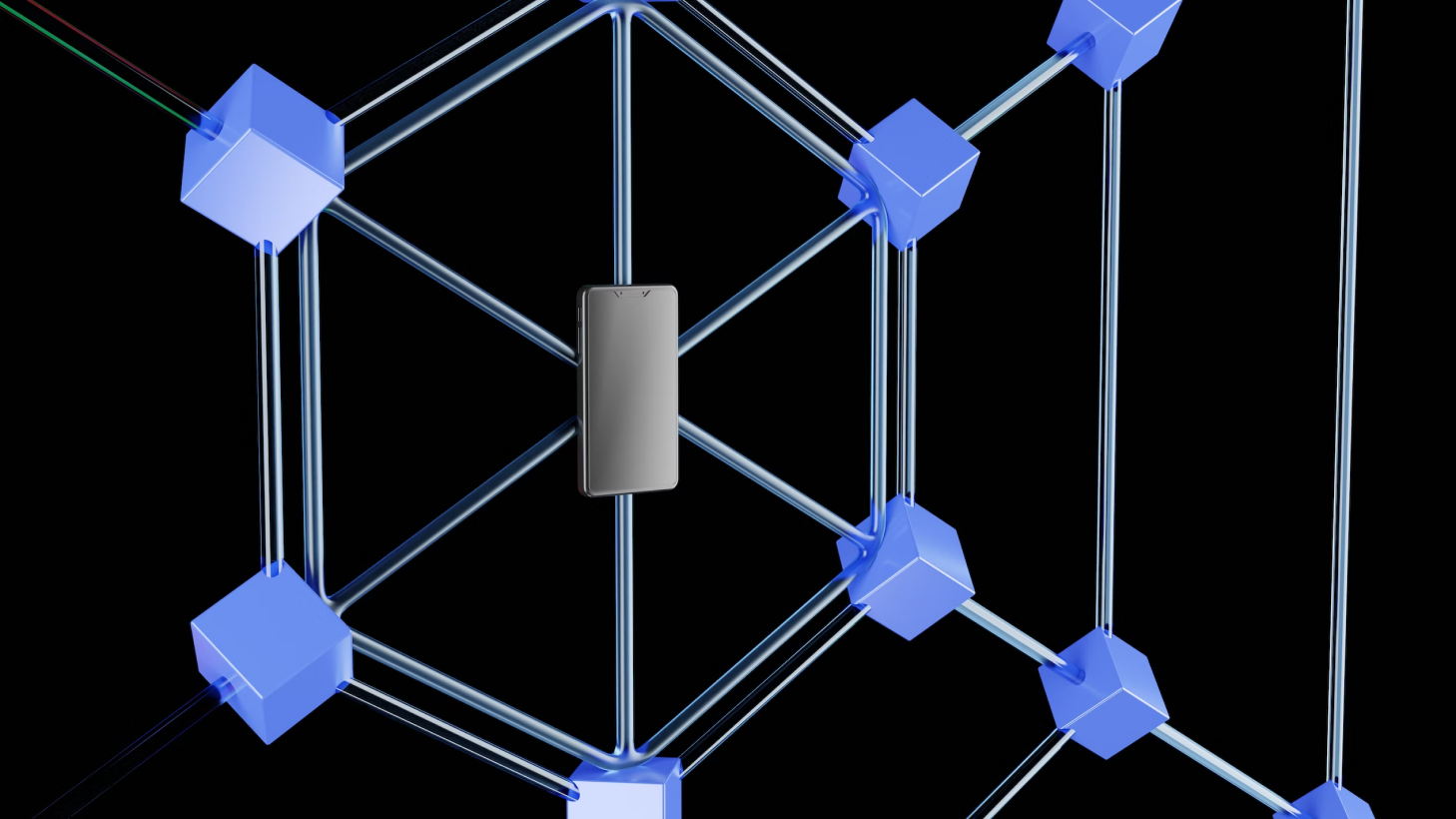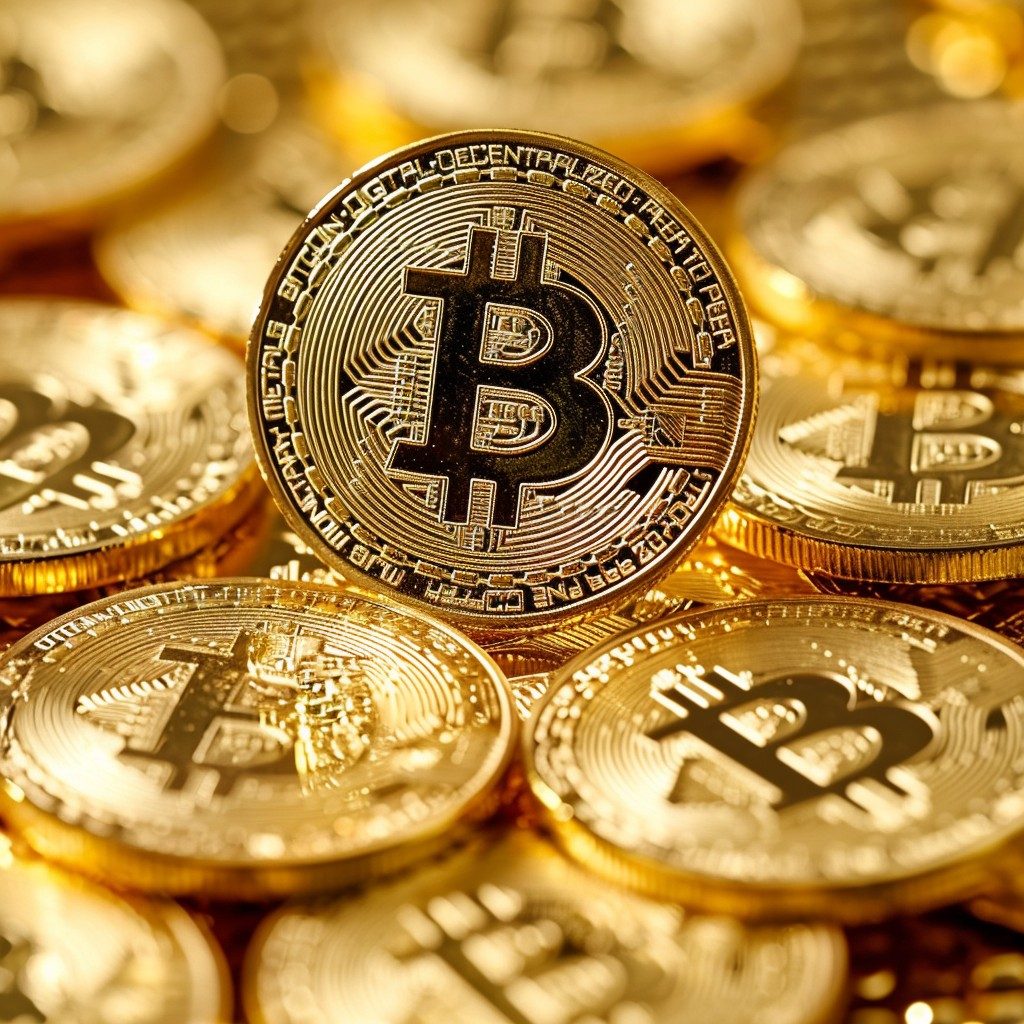As the dust settles on Sam Bankman-Fried’s downfall, a baffling tangled narrative has emerged, linking the former crypto big boy to a Bahamas bank and to the world’s largest stablecoin – Tether. Through text messages, legal declarations, and thousands of pages of documents, a clearer, albeit convoluted, we have learned that SBF was looking for a way to own Tether. And I just have to say, guys; I have truly missed writing about SBF.
Alameda, Deltec, and Tether’s Web
Central to this narrative is Alameda Research, Bankman-Fried’s hedge fund. The company is accused of inflating Tether through a secretive line of credit from Deltec, the Bahamas-based bank I mentioned earlier. Reportedly, this bank has ties to the entertainment world through its chairman, Jean Chalopin, known for creating Inspector Gadget. This arrangement, detailed in a lawsuit, allegedly facilitated not just the manipulation of cryptocurrency but also the misappropriation of customer funds across Bankman-Fried’s businesses, including his exchange FTX.
The lawsuit alleges that Deltec played a critical role in enabling these actions, a claim the bank and Chalopin vehemently deny, stating their unawareness of FTX’s malpractices until they surfaced publicly. Caroline Ellison, Bankman-Fried’s former confidant/lover and Alameda CEO, turned over 7,000 pages of communication, shedding light on the inner workings of this complex web of fraud.
Her testimony in court, coupled with text exchanges, suggests a weird intimate relationship between Alameda and Tether, particularly with Tether’s CFO, Giancarlo Devasini. Their camaraderie, as portrayed in celebratory messages over Tether’s growth milestones, hints at a shared vision for dominating the crypto industry, even if they are now under criticism for it.
The lawsuit also accuses Deltec of giving Alameda preferential treatment, allowing it to trade on credit and thereby profit from Tether’s slight market value variations over the dollar. This “secret line of credit” not only favored Alameda with advanced token receipts but also involved significant sums, sometimes exceeding $2 billion, fostering an environment ripe for financial exploitation.
Stablecoins Under Fire in the U.S.
The collapse of FTX and the scrutiny of Tether’s financial backing have raised questions about the stability and transparency of stablecoins, which are pegged to traditional assets like the dollar but operate in the largely unregulated frontier of cryptocurrency.
The US Commodities Futures Trading Commission’s (CFTC) fine on Tether in 2021 for claims of being fully backed by US dollars highlights a critical issue within the stablecoin sector. Despite Tether’s settlement, where they paid the fine without admitting or denying the allegations, questions about the adequacy of their reserves persist.
Federal Reserve Governor Michelle Bowman has pointed out the discrepancy in regulation, noting that while stablecoin issuers may have licenses or charters for holding assets or transferring money, they do not face the comprehensive prudential regulation that banks do, such as capital requirements and supervisory scrutiny. Her stance is that stablecoins should be subject to bank-like regulations, including safety mechanisms like deposit insurance and Federal Reserve liquidity backstops.
This environment of uncertainty has not deterred traditional financial players from entering the stablecoin arena, aiming to bridge the gap between crypto innovation and regulatory compliance. Industry leaders like Xapo Bank, MoneyGram, and PayPal are actively exploring or have launched their stablecoin initiatives, recognizing their potential in transforming payment and settlement processes.





